It’s time for another installment in our series of articles where you ask us questions and we do our best to give you good answers. The theme of today’s series: Goats!
It seems you all have tons of questions about these capricious caprines, and rightly so — they’re interesting, useful, and personable members of any homestead, smallholding, or farm.
We’ve got a stack of these questions, so let’s get to it.

Watch The Video
1. Can You Have Just One Goat?
Goats are social animals, and they have been designed to function in a group. Just watch them sleep in a herd. They lay in a huddle with one’s head resting atop a friend’s flank (can’t do that when you’re alone). A goat left on its own will feel lost, constantly call out plaintively, and may develop nervous behaviors. Even if you want a goat as a pet, it will still need a herd when you’re not spending time with it. If you have no other large livestock, my recommendation is to always have at least two goats.
2. How Many Goats Can You House per Acre?
A standard answer for this, according to Farming Base, is up to 8 goats per acre. That number can be incredibly unhelpful, however, because it says nothing about how you’re managing your goats or the quality of the pasture. A herd of goats left on pasture will quickly eat through their favorite plants, resulting in either an unbalanced pasture that’s only growing plants they don’t want to eat, or an overused pasture that can’t recover from their feeding. If you rotate pastures, picket the goats in different areas every week, or bring them loads of trimmed brush from the forest you’re rehabilitating, you’ll be able to manage goats on a huge range of land sizes and orientation.
I suppose the flipside of the question may be helpful. The minimum amount of outdoor space a single goat needs is 250 square feet, but the more you give them, the better off they’ll be.
3. What Are Your Thoughts on Deworming?
As you may have read in my earlier articles, I come from the natural end of the spectrum in terms of animal care, and my answer is entirely biased against dewormers as a routine treatment. I’m not alone — conventional veterinarians agree that routine application of dewormers, especially when they’re done as a matter of course rather than need, ends up hurting goats and breeding resistant worms in the long run.
A calendar-scheduled overuse of them may purge worms from an animal’s system in the short term, but the adaptability of the little buggers means you’ll need to keep switching dewormers as they gradually become ineffective. Dewormers do not address the core problem. All outdoor animals are exposed to worms but in my experience, only animals that are kept in unnatural environments fall prey to them. An animal that is healthy and isn’t kept on the same ground for months at a time has a much higher chance of naturally repelling worms than a weakened animal kept on stale, worm-infested ground.
If possible, rotating your pastures every 21 days is one of the best preventative measures against worm infestation, as it breaks up their life cycle. Furthermore, consider cross-breeding some of your goats with less developed breeds such as the Tennessee fainting goat or other more feral breeds. They naturally have better defenses against parasites.
4. How Do goats Fit Into a Permaculture Landscape?
This is a tough question to answer. From my perspective, goats are one of the worst animals to keep in a permaculture system. As browsers, it is in their nature to eat shrubs and trees, and not graze solely on grass. And as escape-artists, they are basically a bad day waiting to happen. If the goats get free, they could undo years’ worth of growth on your tree crops.
I’m not saying it’s impossible to work goats into your permaculture system, but I am saying that you’ll be working uphill. Grazers like cows and sheep can fill the same niche in the system at a decreased risk.

Permaculture author Mark Shepard echoes my sentiments in his book “Restoration Agriculture.” In it, he explains how goats are the animals best suited to scrounging nutrition off dying land before it leans towards desertification. When cows and sheep can no longer live off overused land, goats can basically finish it off. Considering the goal of permaculture is anything but desertification, goats may not be the best choice.
5. How Do You Name Goats?
What an unusual question. Naming is a personal decision, and totally depends on how you view your animals. If they’re pets to you, go for something that you won’t mind shouting at the top of your lungs when they get out of hand. If they’re livestock or future food, I would recommend keeping it basic. It’s a lot easier on you (and your children) to butcher a generic Red Wether, or to deal with a White-Spot doe that dies while kidding, than to find yourself mourning the deaths of Roland and Princess Buttercup.
6. Are Goats Good at Escaping? Is Houdini a Good Name?
Goats have a bad reputation for escaping, but it’s because they’re quite intelligent. They watch. They learn. And if they find a weakness in your fencing, they’ll exploit it. Everyone will have to deal with an escapee goat at the initial stage of their goat adventure. The goats are learning their new home, and you’re learning their personalities.
But if escapes are routine, it’s not the goat’s fault, it’s yours. You need to build the best quality fences you can, and with goats, the quality demands are much higher than with other, less hammer-headed beasts. I wrote a whole article on goat fencing and it may help you avoid future headaches.
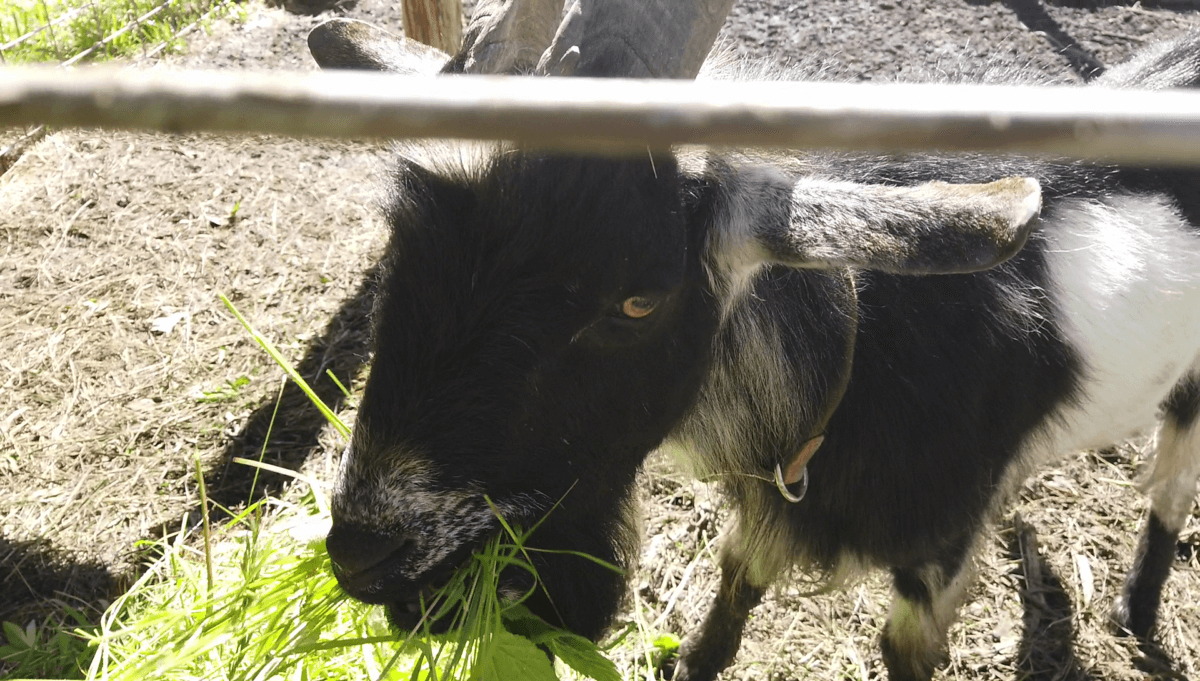
The worst offenders, escape-wise, are likely intact males. They will do anything — and I mean anything — to get at a female that they can see, hear, or smell. And if they’re bored, they like to keep in shape by bashing stuff with their head. If you decide to keep an intact male, take special care to design his housing with the toughest, most redundant, impact-resistant materials you can. Then wait a week while he investigates his new home. He’ll helpfully find any weak spots like it’s his job.
Finally, I find that animals seem to grow to suit the names they are given. Naming a goat Houdini right off the bat may be asking for trouble.
7. How Does the Whole Breeding and Milking Equation Work?
It takes time, that’s for sure. Milk comes from does who have kidded, and they can only give birth when they’ve been impregnated. Simple equation, but a challenge to get all the pieces in place. Here’s the basic storyline, greatly simplified.
First, mature does (at least 2 years old) need to go into heat. For most breeds (though some are year-round exceptions) this occurs during late summer and early fall. When she goes into heat, her body is primed for ovulation and male-attraction. Exposure to a buck, or just the smell of a buck, can trigger a doe into heat.
Second, the doe’s eggs need to be fertilized. There are three basic methods, all with their pros and cons.
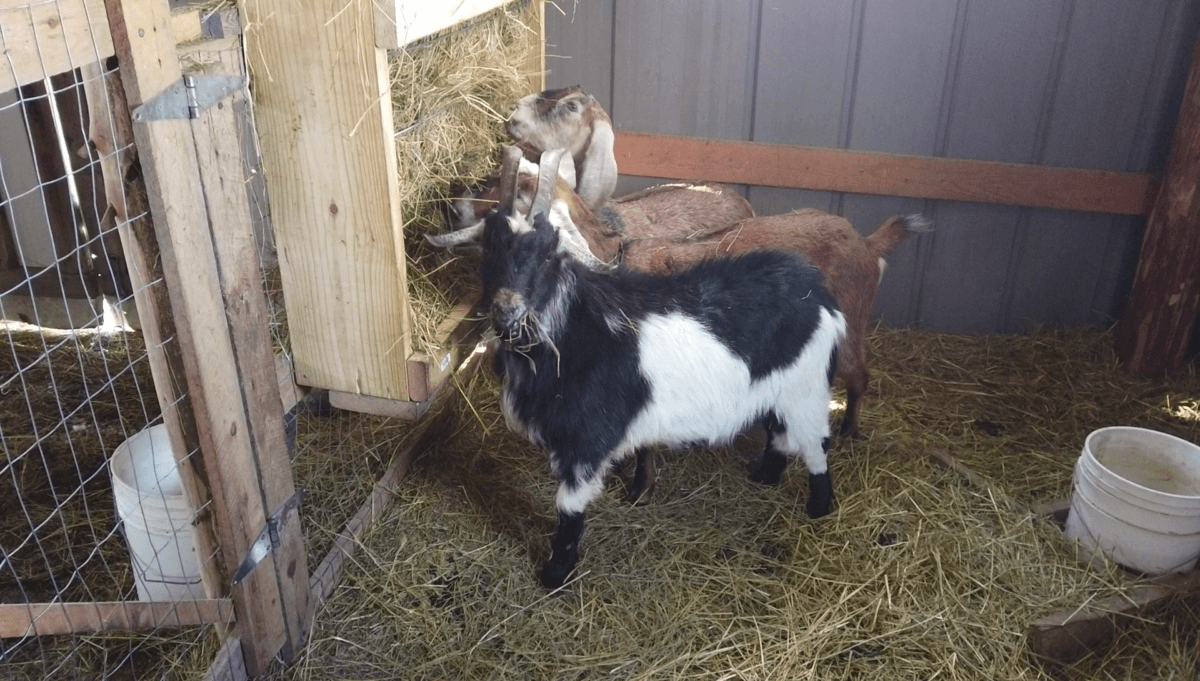
First, you could own a buck and let him run with the does during the breeding season and do his thing. This comes with the benefit of knowing he’ll be on impregnation duty 24/7, and he’s very good at it. This method also comes with the disadvantage of dealing with a butt-headed buck for the rest of the 360 days of the year when he’s not at work.
If you want the natural effectiveness of a buck, but don’t want to keep one of your own, you may be able to find a buck service. Sometimes, this method involves a so-called “driveway date” between your does and a buck that is driven to your location. Other times, you may drop your does off at the buck’s place for a little soiree.
You’ll need to know how to identify a doe in “standing heat” (when she’ll allow a buck to mount her) and will likely need to drop everything so you can get all the pieces in place before she falls out of it 12 to 36 hours later. There’s also a risk of picking up parasites or other diseases from exposing your does to another herd.
A third option is artificial insemination, eliminating a physical buck’s presence altogether. This method can allow you to choose a specific breed or bloodline that’s not locally available. Semen straws are ordered in the mail, and you’ll need to use them as your does enter standing heat. I’ve never done this rather unnatural process and can’t give advice on how to do it right.
So, you now have a (hopefully) pregnant doe. You’ll need to wait five months for her to gestate.
Come time, she’ll give birth, and your goat herd will increase overnight. You’ll read varying advice on what to do next, but I’ll offer mine. As ever, from a natural bias.
The first milk to come out of a doe is a nutritive, antibiotic-loaded material called colostrum. The newborn kids need every drop of it to truly thrive, and my advice is to let the does care for their kids completely uninterrupted for the first three weeks.
Once the kids have gotten their feet well under them, you’re finally close to getting some milk for yourself. To do this, you’ll need to separate them from their mothers at night. I find it easiest to have two stalls side-by-side, so the kids and does can see and smell each other, but can’t nurse. The first night you do this, it will sound like everyone in the barn is dying. The kids will be bawling and the mothers will be calling back. Try not to worry — they’ll get used to it soon enough
Early in the morning (6:30 a.m. is a good time to start), make your way to the barn and get your first milk. If you’ve never milked before, and if your does have never been milked, I recommend doing this with another adult, if possible. The specifics of hand-milking are beyond the scope of this article, so be sure to watch some videos, do some reading, and see it done in person before attempting.
Since you’re sharing milk with baby kids, don’t expect to get buckets and buckets of milk with the first milking. You may get only a half a cup from some does, but don’t worry. As the kids get bigger and have more demands, the does will increase production. Anyway, once you’ve milked as much as you can, turn the kids back with the does for the day so they can get what they need.
Until the kids are weaned, you can follow this pattern and milk only in the morning. Make sure to be consistent with your timing. The animals respond best with a regular schedule. The bonus of having does raise their own kids is that if you ever have a morning when you can’t milk, you can leave the kids and does together the previous night, and they’ll take care of it for you.
Once you’ve decided to wean the kids (or the does do it for you), you can begin milking in the evening as well. It’s a good rule to milk every 12 hours, and don’t skip a milking — does get engorged, can get mastitis, and decrease milk production if they aren’t emptied out completely and regularly.
It’s a lot more complicated than that, of course, but that should get you started.
8. What Are Good Milk Breeds?
The Nubian is a well-known milk breed, but it’s certainly not the only one. The list of dairy breeds is surprisingly long, and includes both common breeds and rare, threatened ones. Toggenburg, Saanen, Sable, and Alpine goats are all roughly from the same geographic region and are known for being excellent milk producers. LaMancha goats are odd-looking, but can produce rich milk for up to two years after giving birth. And if you can find a rare breed like the Golden Guernsey, not only benefit from milk, but also get involved in conserving a rare breed.
Here’s a much more comprehensive list of goats that have been specifically refined to produce milk.
9. How Do I Get a Friendly Goat? Should I Start With a Kid or an Adult?
Both have their benefits. If you find a friendly adult goat, then you can benefit from knowing it’s already friendly. If you raise a kid, you can grow with it — and have it grow familiar with you as well. Most goats will become friendly with the person that brings them food and rubs their necks every day, but you have to remember that goats are individuals with their own personalities.
You’ll have to get to know a goat to find out if it’s the temperament you like.
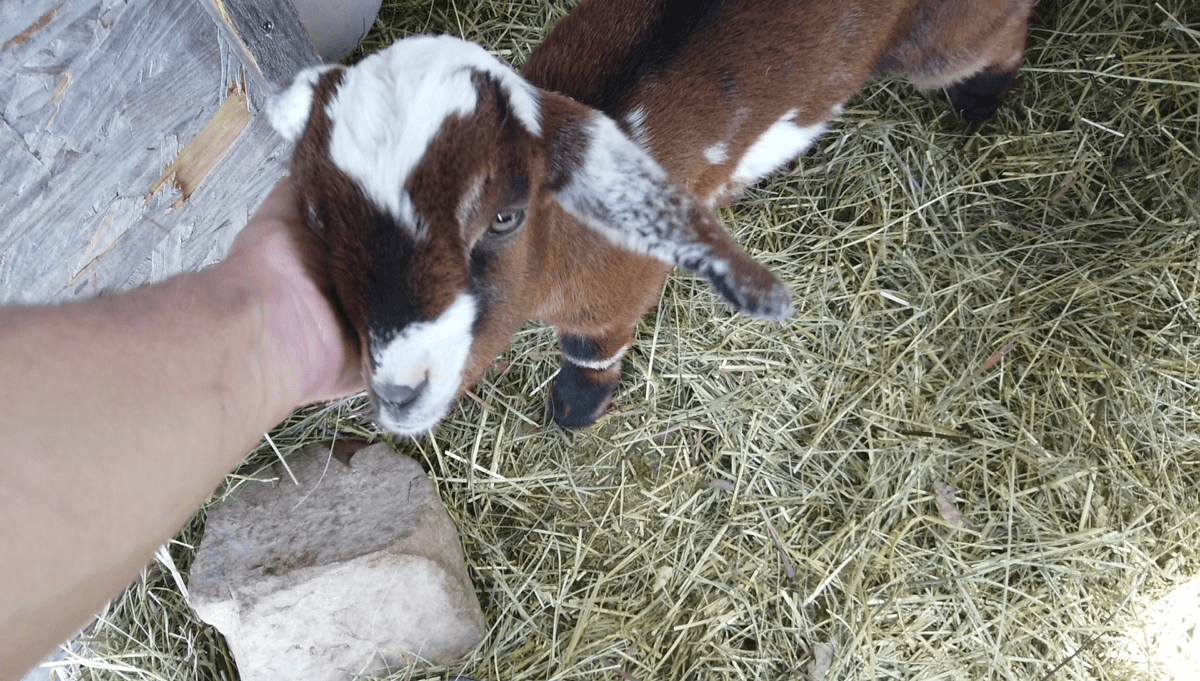
My friendliest doe, for example, was a bottle raised 4-H project that was no longer wanted, which is a decent way to find a personable, human-oriented goat. That said, she was one of my weakest goats — both in health and utility. She wanted to sit in my lap, not stand on the stanchion, which made her a less beneficial animal than the rather standoffish doe who milked beautifully.
You may have read kids that are bottle-fed are known for being more personable than dam-raised kids. It is a total generalization. All the kids on my homestead were dam-raised, and their personalities ranged widely from the doeling that acted like a wild deer to the buckling that stood next to me and asked for neck-rubs like a dog. Weird thing about those particular two? They are twins raised in exactly the same environment, and coming out at opposite ends of the personality spectrum.
Whether you start with an adult or kid, spending time with your goats every day is the best way to get them used to your presence.
10. What’s the Best Staple Food for a Goat, and What Plants Should Be Avoided?
We have an earlier article on feeding goats that will delve far more deeply into this question. The basic answer depends on your goat’s housing situation. Goats are browsers like deer, rather than grazers like cows, so they absolutely thrive when they have access to brush, berries, acorns, and woody vegetation. Either rotating pastures through woody underbrush, or picketing goats, can give them free access to the best food. But not all of us can let our caprines range through a forest. We have to do our best to mimic that practice if they’re confined to a barn.
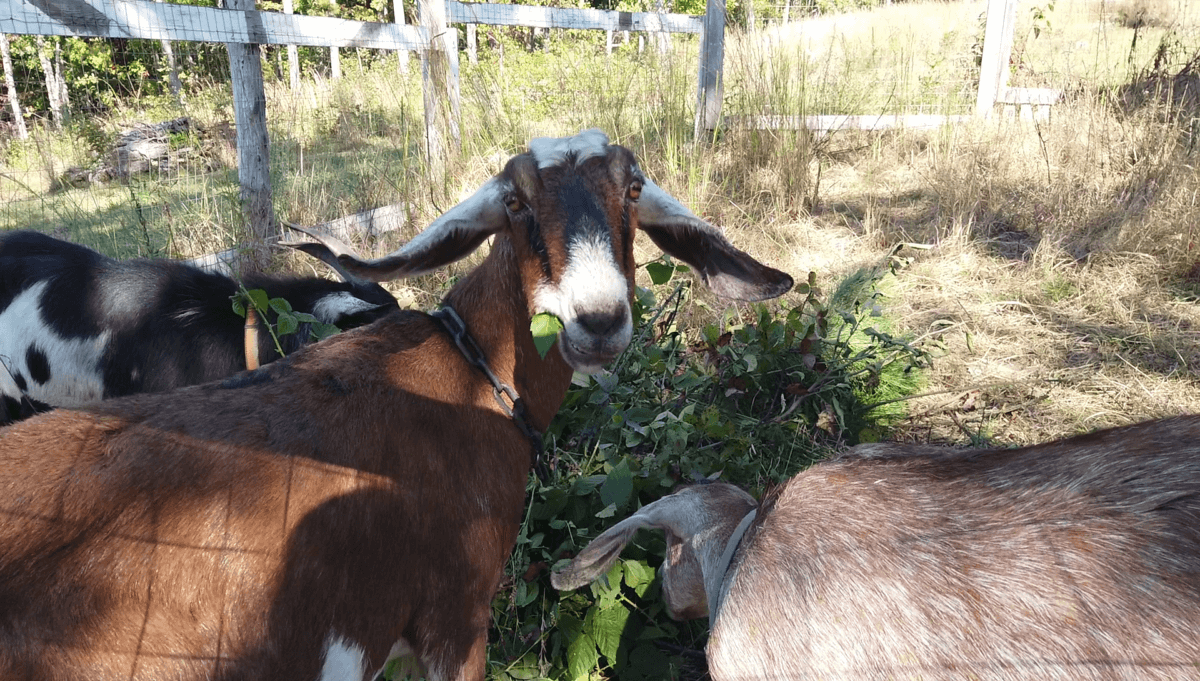
Goats should have free access to hay through the day, though you’ll cringe because they waste a goodly portion of it. You can offset some of this wanton hay wasting by providing brush and hedge trimmings to your goats. They relish most tree branches, poison ivy, Virginia creeper, and blackberry brambles.
Pregnant and lactating does are often given concentrates to support their needs or to increase milk production. Conventional industrial advice says this is the standard. Old-world practices avoided this completely. Do research on what fits best with your livestock philosophy.
If allowed to choose, goats naturally avoid plants that are harmful to them. But if in confinement, they may eat toxic leaves out of boredom or curiosity. Here’s a complete list of plants that are considered toxic to goats, but a shortlist to keep in mind includes nightshades (like tomatoes), elderberry leaves, wilted cherry leaves, and rhododendron leaves.
Far worse than toxic plants, however, are human foods and nonfood items. Goats that chew on carpet or tarps can die from getting their digestive systems clogged. And even though they may demand them if offered, all junk food is as horrible for goats as it is for you. I just met some neighbors who inexplicably give their goats sour gummy worms and other snack foods as treats. Tragically, they can’t figure out why their animals sometimes die out of the blue.
Whew! That was a lot of goat questions, but we’re excited to see you all sharing and thinking about what it takes to bring a herd of these excellent and mischievous creatures into your lives. If any of you have further questions, more information than what I’ve shared here, or a differing opinion, drop it in the comments below and take part in the discussion.
And if you have other topic queries, keep an eye out for our next call for questions!




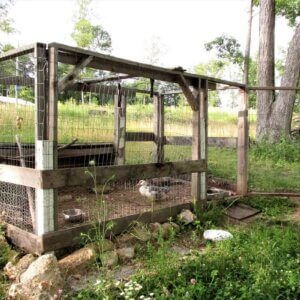
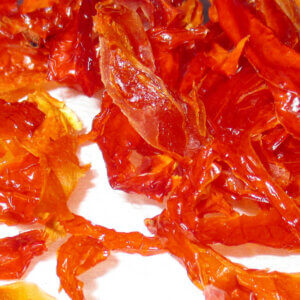



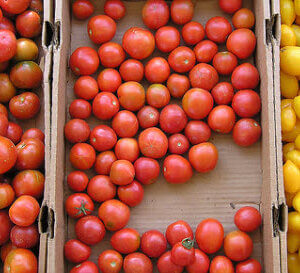
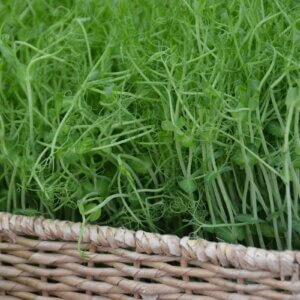




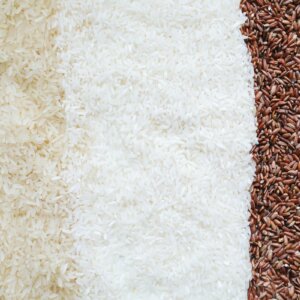




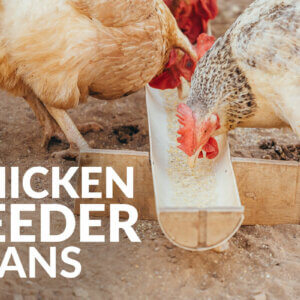

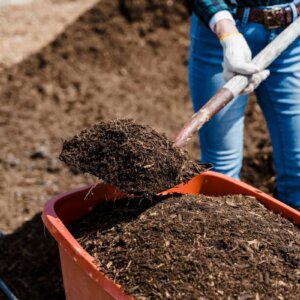

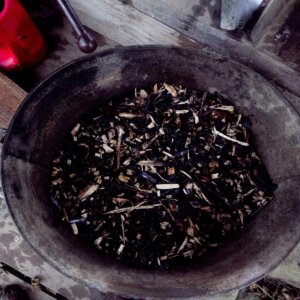













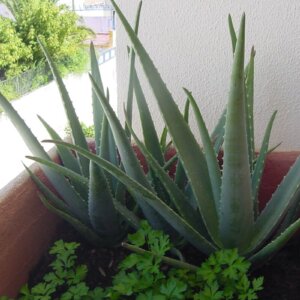


Leave a Reply